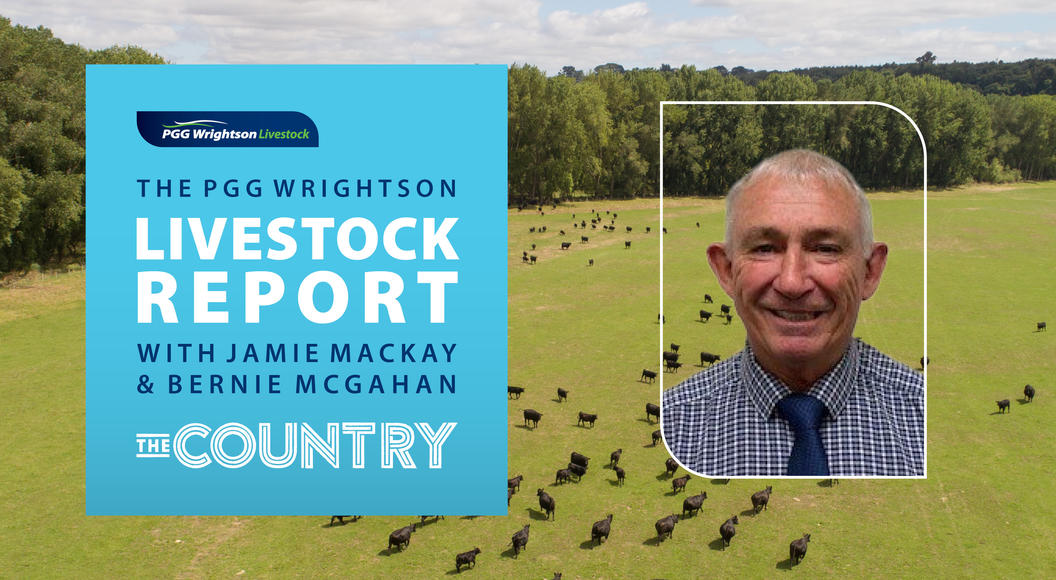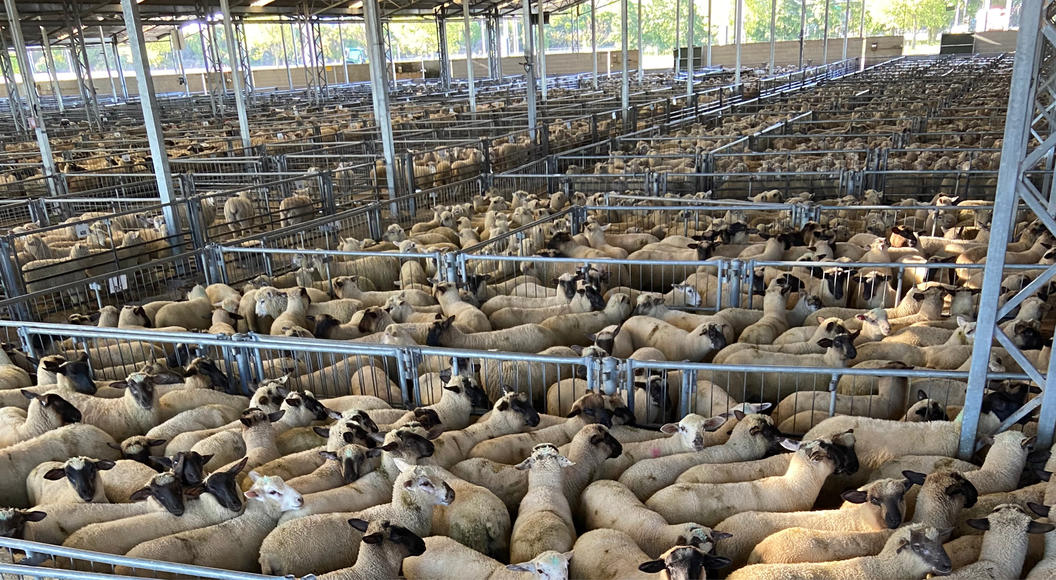Starting with the end in mind
Who eats beef, and what do they expect from it?
Mark Mitchell is owner of Broadleaf. Established in 1988, Los Angeles-based Broadleaf is a niche protein supplier, importing New Zealand and Australian beef for sale to around 400 wholesalers throughout the United States from Alaska to Puerto Rico.
Broadleaf deals mainly with chefs and butchers, so has direct access into kitchens in some of the United States’ finest restaurants, cruise ships and specialised retailers, as Mark explains.
“Sourcing meat on a domestic and international level, working closely with farmers to expand product lines, we understand how to meet the demands of clients and consumers.
“Feedback from the market is that the right genetics, raised on optimal feed will deliver the intramuscular fat (IMF), or marbling, in our grass fed beef that consumers demand. Angus beef, and marbled grain fed beef, are both familiar to the American market. Marbling in our grass fed beef is therefore a great feature that consumers are becoming increasingly excited about,” he says.
IMF gives diners the ‘wow factor’ from taste, smell and feel on the palate when eating a high quality cut of beef.
PGG Wrightson Seeds veterinarian and expert in feeding stock for improved meat quality Charlotte Westwood is well versed on the desirability of IMF, including how to ensure animals develop plenty of it during finishing, and therefore attract premium value.
“A series of factors come together for an optimum level of IMF in a finished animal.
“IMF is deposited last, when cattle are closer to maturity. IMF is added after internal fat, subcutaneous fat and intermuscular fat. However, in a stressed animal, ahead of the other three fats, IMF is the first to be mobilised if the animal loses condition for any reason such as nutritional deficit, illness or injury. Therefore when we’re aiming to add that sought after IMF, we’re also battling a poorer feed conversion efficiency in more mature, heavier cattle.
“Chasing more IMF in older animals, when feed conversion efficiency is poorer and therefore the cost of production is higher, is a balancing act. Hitting the sweet spot is the aim,” says Charlotte.
Making every day’s feed regime the same is critical.
“Do not allow your finishing cattle to check at any time. Create equivalent conditions in the paddock as your stock would have in a feedlot, with no ups or downs of feed, and minimal stress,” says Charlotte.
Introducing good genetics and streamlining all functions of a beef system to support a consistent feed regime, integrated with other parts of the farm, will pay off.
“Deposits of IMF vary with sex, early or late maturity breeds, and the energy to protein ratio of the diet.
“Feed budgeting is boring, though essential to drive efficiency.
“At each stage through the lives of cattle, including conception and gestation through to weaning, from 100 kilogram dairy beef animals or weaners, to the day they leave the farm, management of nutrition with emphasis on high quality feed, in quantities necessary to gain weight and condition, maintained consistently to avoid stop-start liveweight gain, is critical to achieve the best possible return. A meticulous feed budget, executed right, will improve feed conversion efficiency: faster growth means fixed maintenance cost is diluted over more liveweight gain. Getting cattle off-farm earlier, therefore avoiding a second winter, will reduce feed costs, and result in fewer environmental challenges through winter grazing,” Charlotte says.


